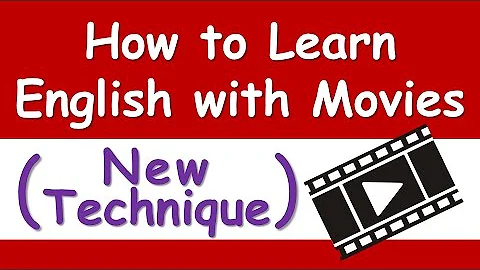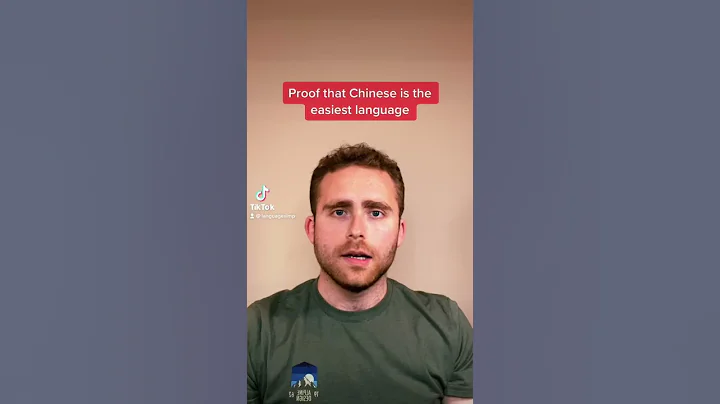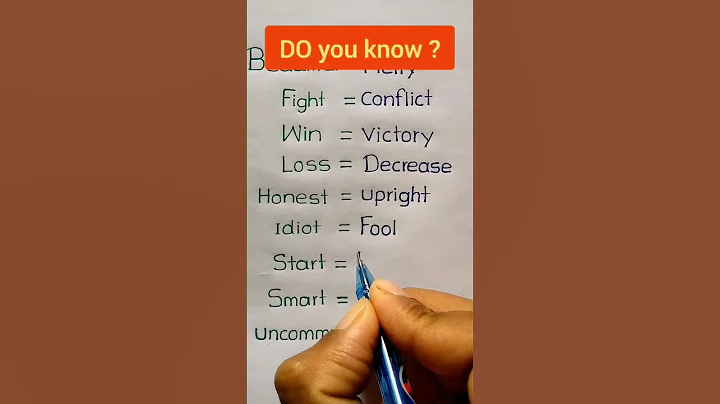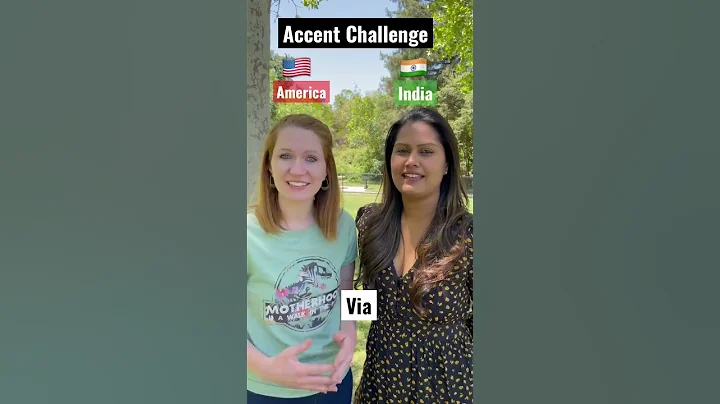The previous article introduced the concept, characteristics and content requirements of literature reviews. This article continues to share the format and writing of literature reviews.
review generally includes title, author, abstract, keyword, text, and references. The main part is composed of the foreword, subject and summary.
1, Preface
Use 200 to 300 words to raise questions, including the purpose, significance and role of writing , review the history, source, current status and development trends of the problem, related concepts and definitions, the purpose and motivation, application value and practical significance of choosing this topic. If it is a controversial topic, it should be pointed out the focus of the debate.
2, subject
mainly includes arguments and arguments. compares the similarities and differences of various views and their theoretical basis by raising questions, analyzing problems and solving problems, thereby reflecting the author's insights. In order to explain the problem thoroughly, it can be divided into several sub-titles. This part should include historical development, current situation analysis and trend forecasting.
Historical development: should briefly explain the proposal of this topic and the development status of each historical stage, reflecting the research level of each stage.
Current status analysis: introduces the current research status of this topic at home and abroad and the views of various schools, including the views of the author himself. Arrange and arrange the summarized and organized scientific facts and materials and analyze them necessary. Theories or hypotheses with creative and promising development should be introduced in detail and arguments should be drawn out; the opinions or theories of various schools should be introduced to the debated issues, and the comparison should be made, refer to the focus of the problem and possible development trends, and put forward your own views. Views about old, outdated or already denied can be simplified. Just mention issues that are well known to ordinary readers.
Trend prediction: affirms the research level, existing problems and different views of the topics reviewed in the vertical and horizontal comparison, and puts forward prospective opinions. This part of the content should be written objectively and accurately. It not only points out the direction, but also points out shortcuts, points out the direction for those who are determined to climb new peaks and pave the way.
main part does not have a fixed format. Some are introduced in the order of the development history of the problem, and some are explained in accordance with the current situation of the problem. No matter which method is used, each theories and arguments should be compared to clarify the historical background, current situation and development direction of the relevant issues.

11 Since ancient times, the Mid-Autumn Festival has been customs such as worshiping the moon, enjoying the moon, worshiping the moon, eating moon cakes, enjoying the osmanthus, and drinking osmanthus wine . It has been passed down to this day and has been passed down for a long time. The Mid-Autumn Festival uses the full moon to indicate the reunion of people.
3. The main part is written in the following ways:
vertical writing: "Long" is "a comprehensive view of historical development". It mainly revolves around a topic, and vertically describes its historical evolution, current status, and trend predictions in chronological order or in the development level of the topic itself, thereby drawing out the ins and outs of a topic and the development trajectory.
1 vertical writing method should grasp the context clearly, that is, briefly describe the development trends of a topic at each stage, what problems have been solved, what achievements have been achieved, what problems still exist, and what development trends in the future. These contents should be explained clearly, and the text descriptions should be closely connected. When writing a review, do not list facts in chronological order in isolation, write them into "big events" or "chronological style". The vertical writing style also highlights the word "create". Some topics have a large time span and many scientific research results. When describing, you should focus on creative and breakthrough results for detailed introduction, and simple and omit general and repetitive information. This not only highlights the key points, but also makes it detailed and appropriate. The vertical writing method is suitable for dynamic reviews. This review describes the development trends and levels of the topic.
horizontal writing method: "Horizontal" means "international and domestic horizontal reading". It describes and compares a topic in all aspects of international and domestic areas, such as the views of various schools, the opinions of each school, various methods, and their respective achievements. Through horizontal comparison, we can not only distinguish the pros and cons of various perspectives, insights, methods, and results, but also see the international level, domestic level and the unit level, thus finding the gap. The horizontal writing method is suitable for achievement reviews. This kind of review specifically introduces new achievements in a certain aspect or project, such as new theories, new ideas, new inventions, new methods, new technologies, new progress, etc. Because it is "new", the time span is short, but it has attracted the attention of international and domestic peers. They have engaged in this research and published many papers. If they can be sorted out in time and written into a review and reported to their peers, they can play a role in reference, inspiration and guidance. In the same review, the vertical and horizontal writing method is used to write vertical and horizontal. For example, writing historical backgrounds in vertical writing, and writing current situations in horizontal writing. Only by using "vertical" and "horizontal" descriptions can we widely integrate literature and materials, comprehensively and systematically understand a topic and its development direction, make relatively reliable trend predictions, and choose breakthroughs or provide reference for new research work. Whether it is vertical, horizontal or vertical and horizontal writing, it is required to: First, we must collect information in a comprehensive and systematic manner, and reflect it objectively and fairly; second, we must analyze it thoroughly and comprehensively appropriately; third, we must be clear in levels and clear in structure; fourth, we must be concise in language and appropriate in detail.

4. Summary
mainly summarizes the main content explained in the topic part, focuses on commenting, and puts forward conclusions. It is best to put forward your own opinions and propose what you agree with and what you oppose.
5, reference
There should be enough references to write a review, which is the basis for writing a review . In addition to expressing respect for the labor of the cited person and indicating the basis for citing the materials in the article, it is more important to enable readers to provide clues to find relevant literature when exploring certain issues in depth. A review paper explains the problem through comparing various perspectives. If readers are interested in in-depth research, they can review the original text according to the reference. Therefore, it must be taken seriously.
I am a royal academic tycoon and will continue to share postgraduate entrance examination practical information, scientific research knowledge and paper writing skills. Everyone is welcome to focus! ! !











